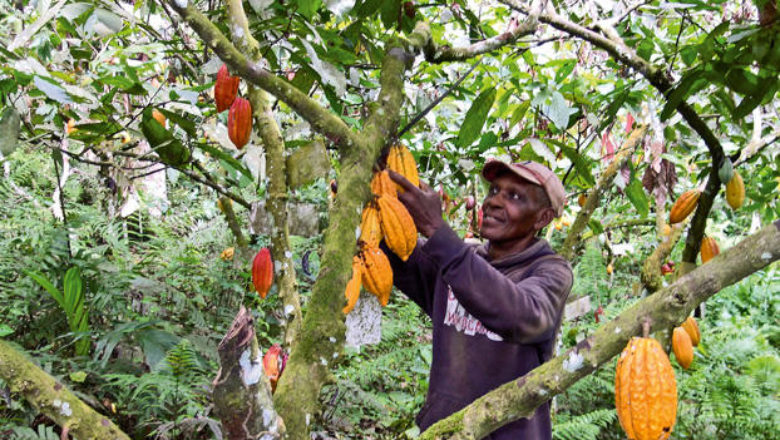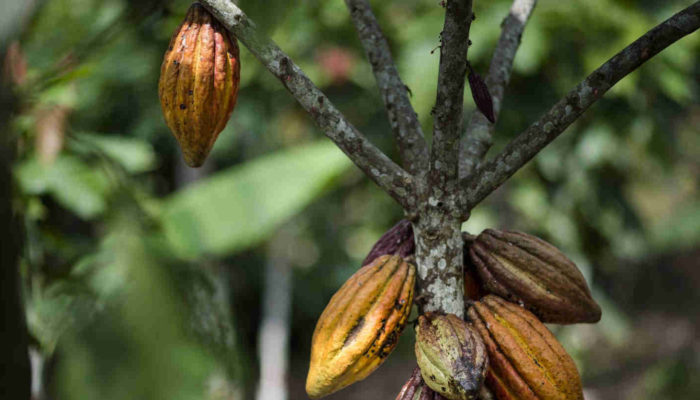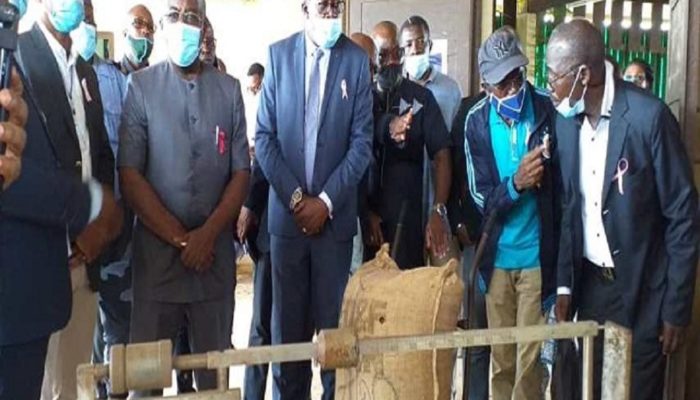There are 600,000 cocoa
farmers across Cameroon, and it is a vital sector for rural communities. But
cocoa is a fragile crop with yields that tend to decrease over time, putting
farmers’ livelihoods at risk. That’s why the African Development Bank has
committed to provide funding to IRAD, the Institute of Agriculture Research for
Development, where research is focused on creating adapted seed varieties.
The second-generation seed varieties developed
by IRAD allow for an average yield of 2 tons per hectare, compared to the first
generation developed in the 1970s and 1980s that produced around 1 ton per
hectare.
“There has been great progress. In less than two
decades, we have been able to double the yield potential of the varieties that
farmers now use,” said Bruno Efombagen, an IRAD researcher in Yaounde.
Demand for the higher-yielding seeds has
outstripped supply. To solve this problem, the African Development Bank has supported
IRAD in its efforts to make the seeds accessible to a greater number of
farmers. Across the country, IRAD is setting up more and more seed production
fields.
A new seed variety called “Brazilian cacao” is
now widely in use, providing far better yields to Cameroonian farmers.
“Before, our parents used to grow a variety
called “tout-venant”, but today, thanks to advances in research, we have access
to improved seeds,” said Samba MViena, Chairman of AKOM-COOP-CA, a cooperative
of farmers. “You get the first yields 18 months after planting them, with
flowers and a few pods on some stems. After two or two-and-a-half years, or
more precisely three years, you can already get a perfect crop.”
The higher-quality cocoa seed varieties have
helped to stem the migration of young people from rural villages to seek work
in the city. MViena’s cooperative has strong youth representation, with 62
young people in the group.
“Their decision to engage in the cacao sector
stems from the availability of improved seeds, because these seeds allow for
quick and bountiful harvests,” he said.
Brazilian cacao not only provides far better
yields to Cameroonian farmers, it benefits everyone in the production chain.
Trader Yannick Fosso buys cocoa from across the region and sells it in
Cameroon’s economic capital, Douala.
“The season runs from August to January. I make
all my year’s earnings during those six months,” he explained. “When you look
at the plants, you can see that Brazilian cacao is a better variety than the
ones that our parents used to grow. Its colour is much brighter; the pods never
get black, they are entirely red. So when you brew it, it comes out with a very
good colour and taste.”
Cocoa is Cameroon’s second export crop. The
majority of the Central African nation’s annual output of about 220,000 tons is
shipped overseas from Douala’s Atlantic port.
For Fosso, part of the pride he takes in his
work is in Cameroon’s improving reputation as a cocoa exporter. “Cocoa is a
central part of the lives of the people here,” he said. “It’s rewarding to buy
something that is eaten across the world.”





